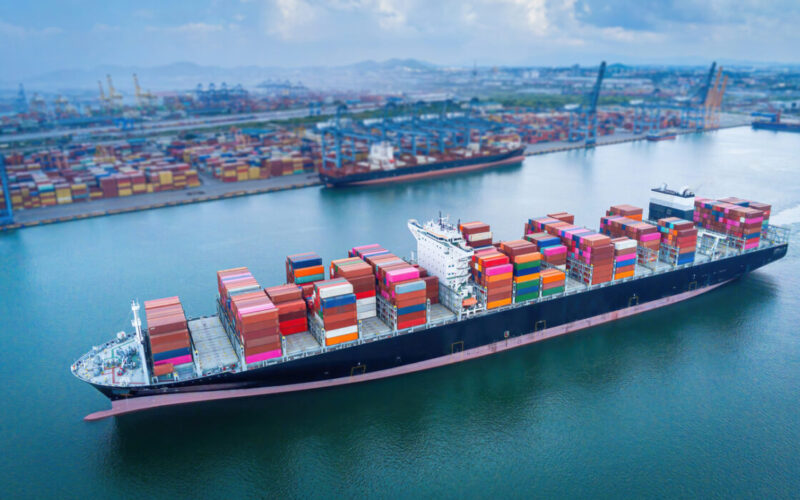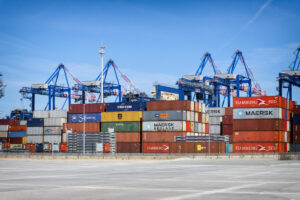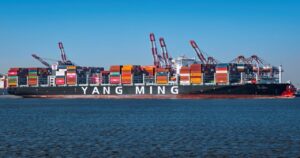The Pacific Maritime Shipping Association (PMSA) has released a study that shows greenhouse gas (GHG) emissions can increase when vessels transporting goods from Asia avoid US West Coast seaports.
The study analysed a number of factors including port of origin, port of destination, ultimate inland destination and vessel sizes.
As a result, if state and local regulations and policies result in the diversion of cargo flows and
economic benefits from the US West Coast to East Coast and Gulf ports, these policies will actually result
in increases to GHG emissions.
Using a technical comparison tool, Starcrest Consulting Group compares the relative differences in GHG emissions between traditional shipping routes from the Far East to US West Coast ports and inland US destinations and longer routes through East and Gulf Coast ports.
READ: Shipping companies feel impact of US West Coast strikes
California and Pacific Northwest (PNW) ports offer the most direct shipping route from Asia to the US,
and to inland US destinations.
However, the US West Coast has been losing market share to other ports as cargo owners prefer to ship to other gateways with greater transit times and distances.
Other ports’ improvements in transportation infrastructure, cheaper operational costs, state and municipal incentives, and fewer onerous environmental laws have given cargo owners more options than ever before.
READ: IMO, MEPC tweak GHG emissions strategy
In terms of total GHG released per container, the analysis shows that US West Coast ports have a significant environmental advantage over East Coast and Gulf ports.
GHG emissions are, on average, 19 per cent higher when shipping lines utilise East Coast or Gulf Coast
ports over the ports of Long Beach and Los Angeles; 26 per cent over the PNW ports.
PMSA’s study concluded that for cargo originating from Asia:
- GHG emissions can double when cargo is shipped through the Port of New York and New Jersey;
up to 92 per cent over the ports of Long Beach and Los Angeles, and up to 104 per cent over the PNW ports.
- Moving cargo through Savannah, GA rather than the PNW increases GHG emissions by up to
94 per cent.
- Moving cargo through the Gulf Coast rather than the ports of Long Beach and Los Angeles
increases emissions by up to 64 per cent.
Thomas Jelenić, Vice President of the PMSA, said: “This study demonstrates the environmental risk associated with cargo diversion.
“Public officials must take a holistic approach when it comes to climate change policies. Doing so is essential in keeping cargo and union jobs at the nation’s cleanest ports here on the West Coast, as well as ensuring that GHG emissions are simply not being shifted elsewhere.”








